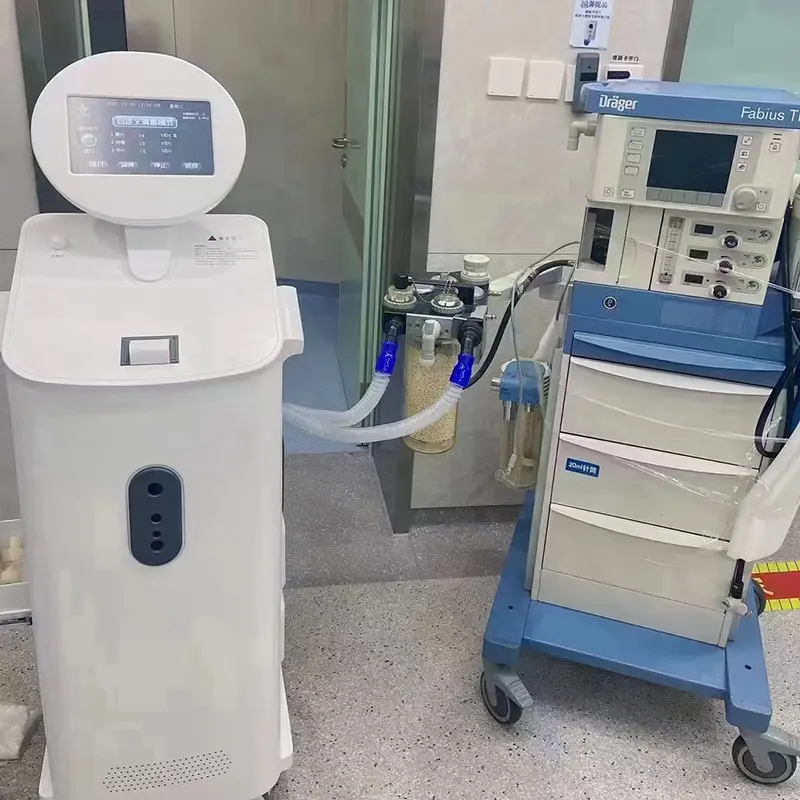In the world of medical equipment, the use and maintenance of devices such as anesthesia and ventilator circuits are crucial. One frequently asked question is, "Are breathing circuits sterile?" This article aims to provide comprehensive insights into this issue, focusing on the use of the anesthesia breathing circuit disinfection machine, anesthesia breathing circuit sterilizer, and ventilator circuit sterilizer.
Understanding Breathing Circuits
Breathing circuits are essential components in medical devices used in the delivery of oxygen, anesthetic agents, and removing carbon dioxide from patients during surgical procedures (anesthesia breathing circuits) or in patients who require assistance with their breathing (ventilator circuits).
Are Breathing Circuits Sterile?
Generally, breathing circuits are not sterile but are considered 'clean'. The reason for this is that sterilization often requires high temperatures or chemicals that can damage the materials used in these circuits. However, they must be appropriately decontaminated and disinfected to ensure patient safety and prevent cross-contamination.
The Role of Anesthesia Breathing Circuit Disinfection Machines
An anesthesia breathing circuit disinfection machine plays a crucial role in maintaining the hygiene of these circuits. The machine uses high-level disinfectants to eliminate pathogens that might be present on the circuits. This process is usually performed after each patient use to ensure the circuits are clean and safe for the next patient.
Anesthesia Breathing Circuit Sterilizer: A New Approach
Recently, advances have been made in the sterilization of anesthesia breathing circuits. Using a device called an anesthesia breathing circuit sterilizer, healthcare providers can now sterilize these circuits more effectively. This device uses a combination of heat and pressure, similar to an autoclave, to kill potential pathogens. While this method is more effective in eliminating pathogens, it requires careful handling to prevent damage to the circuit components.
Ventilator Circuit Sterilizer: Ensuring Patient Safety
Ventilator circuits, like their anesthesia counterparts, are also critical patient care components that require stringent disinfection protocols. A ventilator circuit sterilizer uses a low-temperature sterilization process to ensure the complete eradication of microorganisms without damaging the circuit's components. This technology significantly improves patient safety by reducing the risk of ventilator-associated pneumonia, a common infection in intensive care units.
While it's true that breathing circuits are not typically sterile, the introduction of specialized sterilizers for anesthesia and ventilator circuits has changed the game. These sterilizers provide an additional layer of patient protection, significantly reducing the risk of cross-contamination and infection. Despite these technological advancements, it's crucial to remember that these sterilizers should be used as part of a comprehensive infection control program, which includes proper cleaning and disinfection of the circuits after every use.
Conclusion
In conclusion, while breathing circuits were traditionally not sterile, the advent of anesthesia breathing circuit disinfection machines, anesthesia breathing circuit sterilizers, and ventilator circuit sterilizers have made it possible to achieve a higher level of cleanliness and safety. With the correct use and maintenance of these innovative devices, healthcare providers can ensure the safe and effective operation of anesthesia and ventilator circuits, ultimately contributing to improved patient outcomes.
